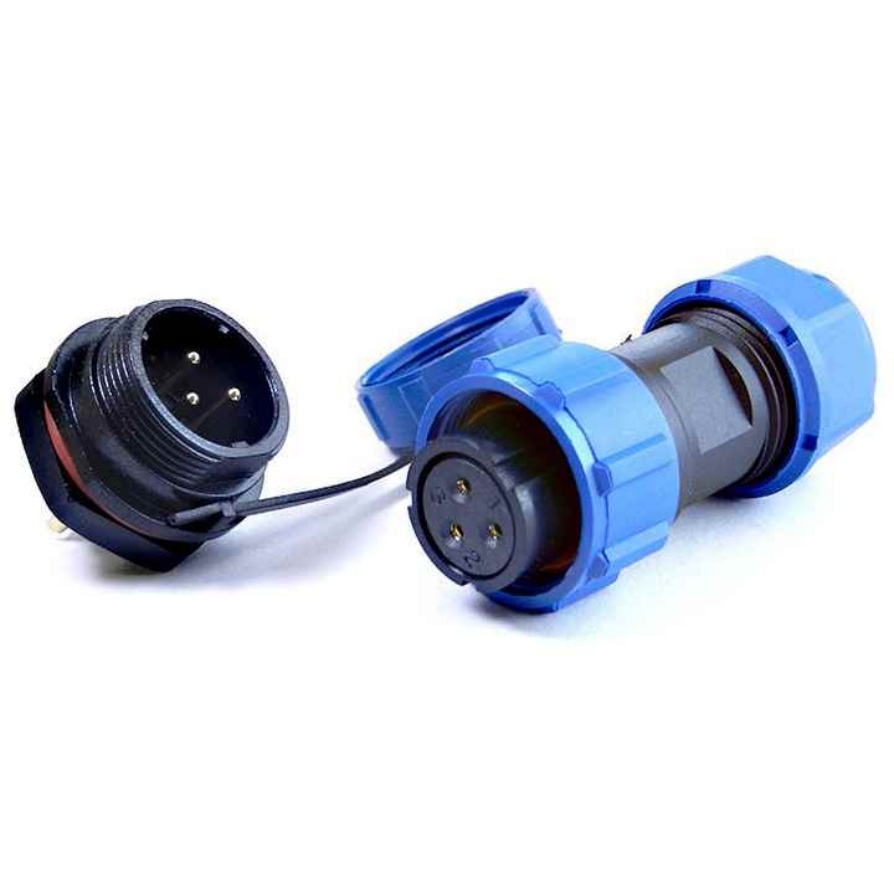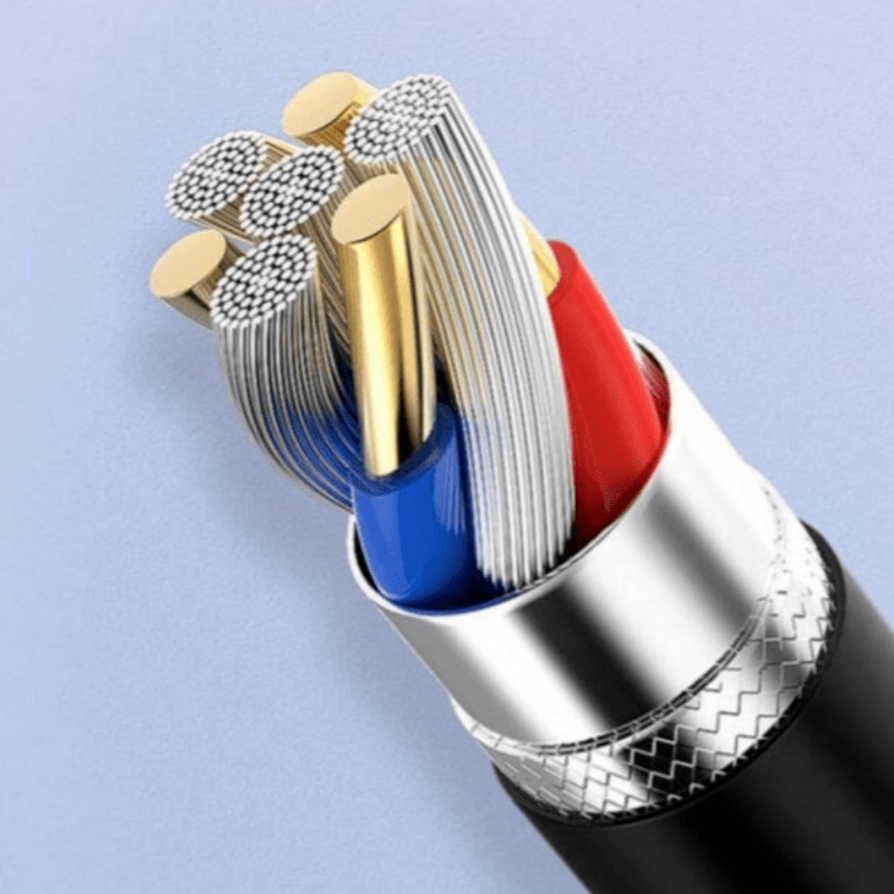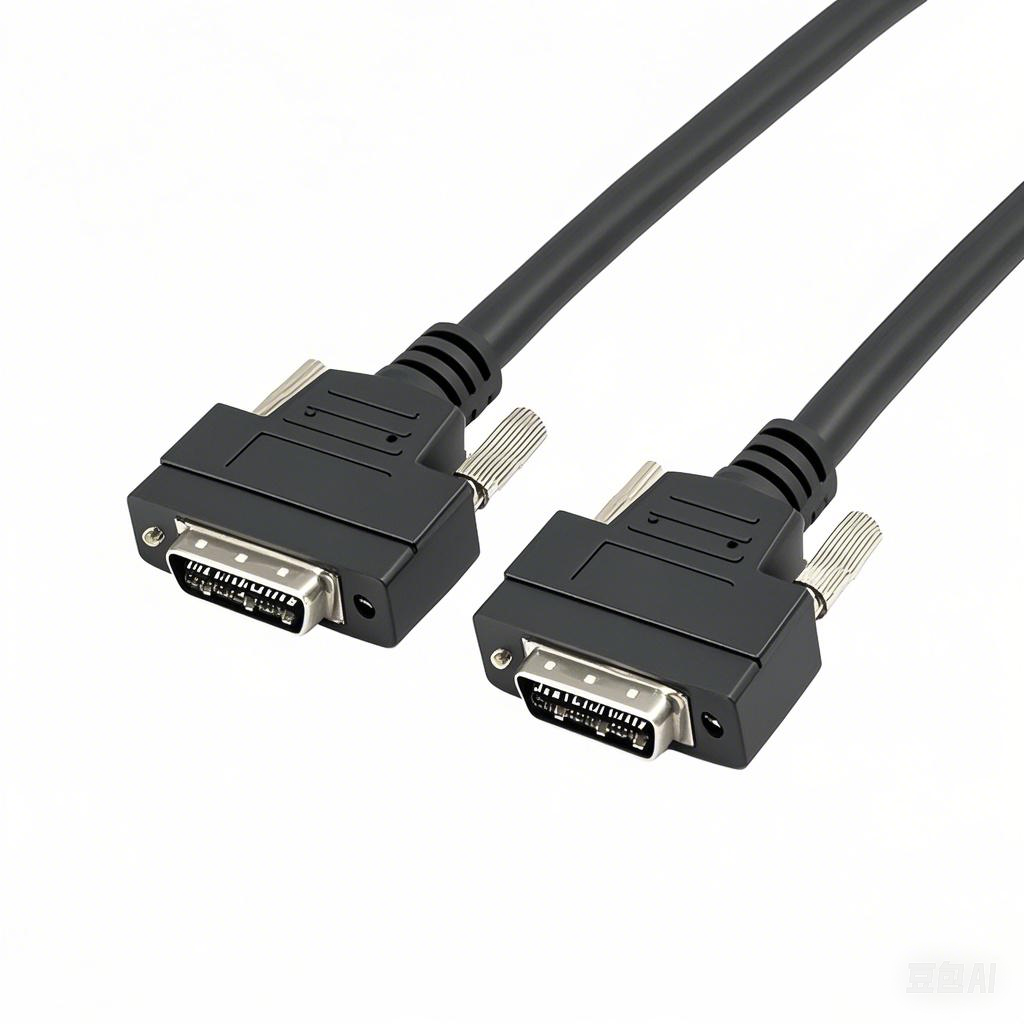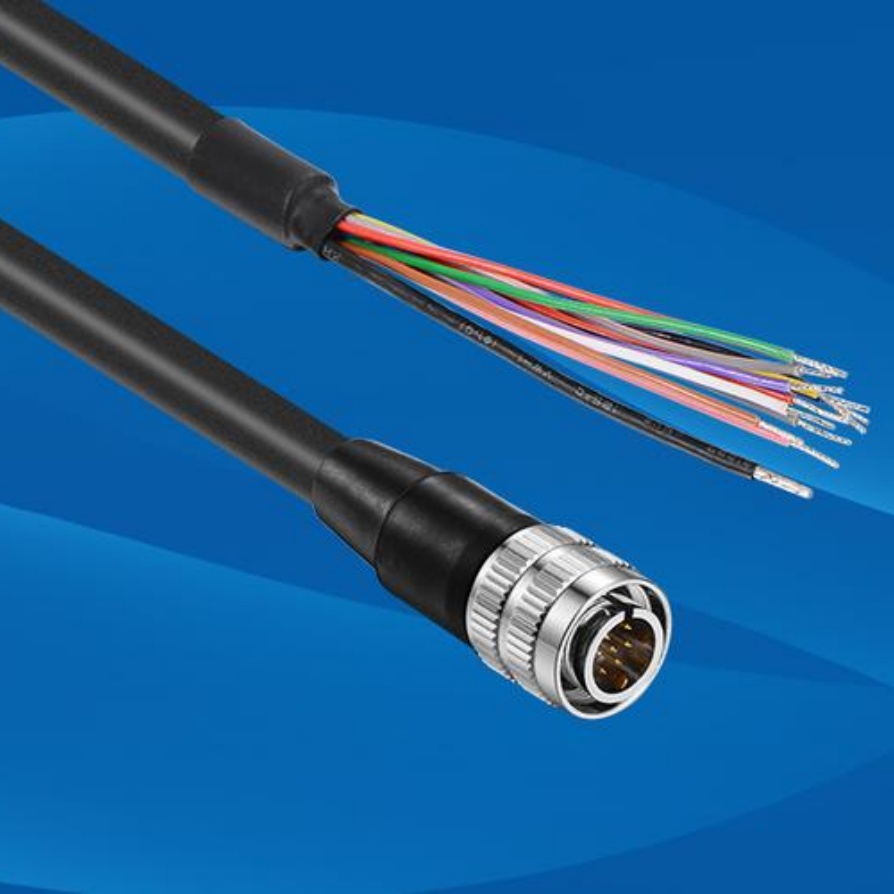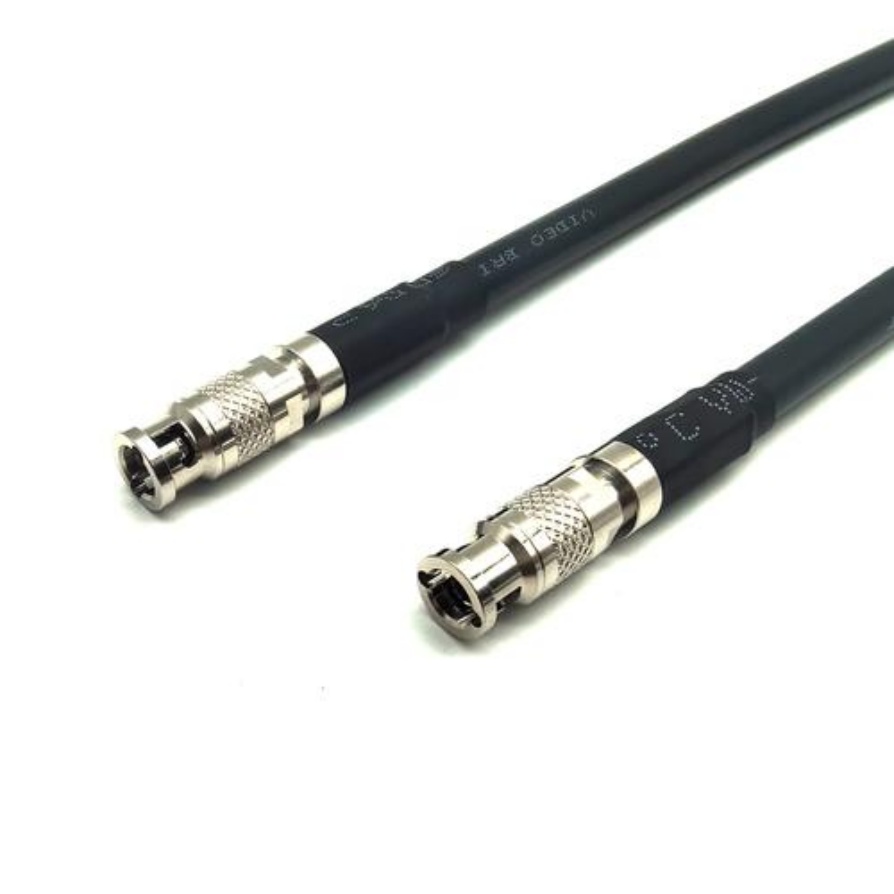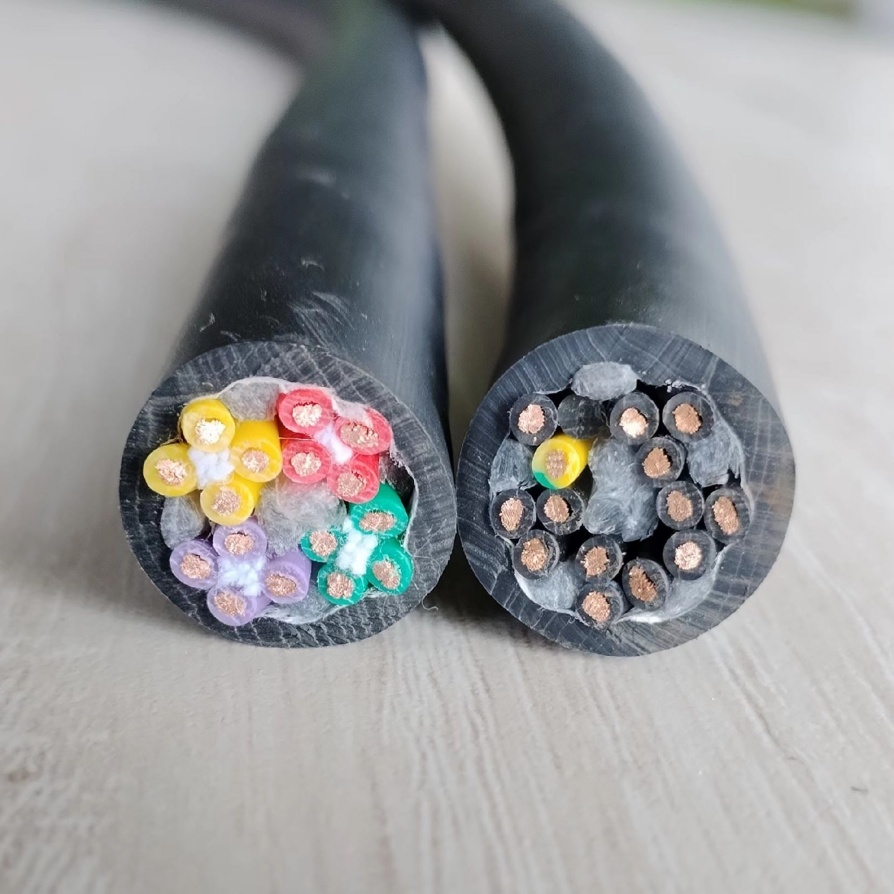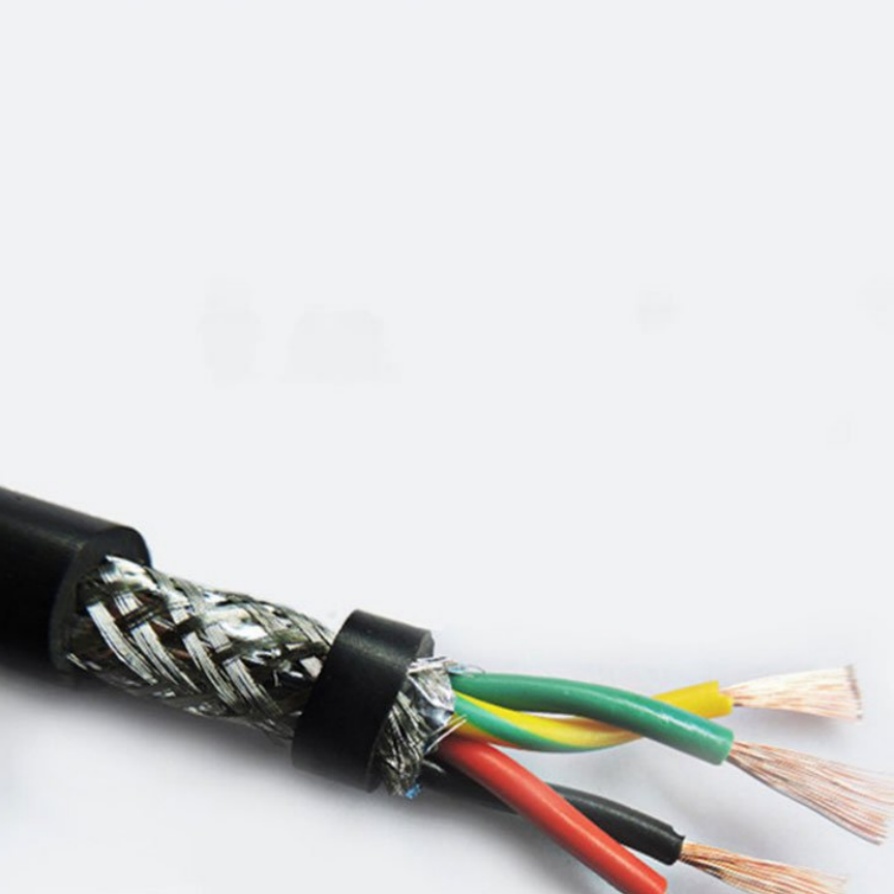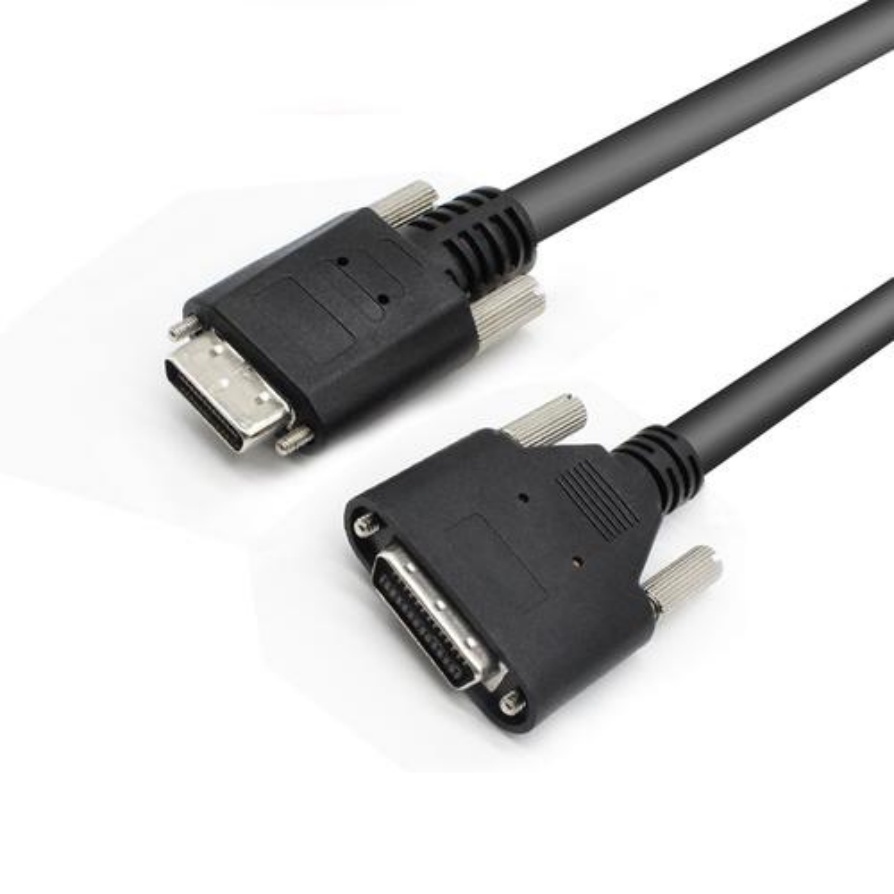Are there high-flex machine cable options for moving parts
The short answer is a resounding “yes.” In today’s industrial landscape, where automation, robotics, and precision machinery dominate, the demand for cables that can withstand constant motion—such as bending, twisting, and linear movement—has never been higher. High-flex machine cables are specifically engineered to meet the unique challenges of moving parts, ensuring reliable signal transmission, power delivery, and durability even in the most dynamic operating environments. Whether you’re dealing with robotic arms, conveyor systems, linear actuators, or rotating machinery, there are tailored high-flex machine cable solutions designed to keep your equipment running smoothly, minimize downtime, and reduce maintenance costs.
Key Characteristics of High-Flex Machine Cables for Moving Parts
Not all cables are created equal, and high-flex machine cables stand out due to a set of specialized features that make them suitable for moving applications. These characteristics are the result of advanced materials, innovative structural designs, and rigorous testing to ensure performance under repeated motion.
Exceptional Flex Life
The most defining feature of high-flex machine cables is their ability to endure millions of bending cycles without degradation. Unlike standard fixed-installation cables, which may crack, break, or lose conductivity after just a few thousand bends, high-flex cables are built with materials that resist fatigue. For example, many use stranded conductors made of high-purity copper, which offers greater flexibility than solid conductors. The stranding pattern—such as fine stranding or class 6/7 stranding (per IEC standards)—further enhances flex life by allowing the conductor to bend more easily without internal stress. Additionally, the insulation and jacket materials are chosen for their elasticity and resistance to wear, ensuring they don’t crack or split even after continuous motion.
Robust Environmental Resistance
Moving parts in industrial settings are often exposed to harsh conditions, and high-flex machine cables must be able to withstand these elements. This includes resistance to oil, grease, chemicals, water, dust, and extreme temperatures. For instance, cables with jackets made of polyurethane (PU) or thermoplastic elastomer (TPE) are highly resistant to oil and abrasion, making them ideal for automotive manufacturing or food processing facilities where lubricants are common. Some high-flex cables also feature halogen-free or flame-retardant materials, ensuring safety in environments where fire risk is a concern, such as power generation plants or data centers.
Stable Electrical Performance
In moving applications, signal integrity and power stability are critical. High-flex machine cables are designed to maintain consistent electrical properties—such as impedance, capacitance, and resistance—even as they bend or twist. This is achieved through careful design of the cable’s shielding (e.g., braided shielding, foil shielding, or double shielding) to minimize electromagnetic interference (EMI) and radio frequency interference (RFI). For example, in robotics or CNC machinery, where precise control signals are transmitted, shielded high-flex cables prevent signal distortion, ensuring the equipment operates with accuracy. Additionally, the insulation materials are selected for their dielectric strength, preventing electrical leakage and ensuring safe operation.
Mechanical Durability
Moving parts can subject cables to mechanical stress such as tension, compression, and impact. High-flex machine cables are reinforced to handle these stresses. Some cables feature a central strength member (e.g., aramid yarn or steel wire) to resist stretching, while others have a braided armor layer for added protection against impact or crushing. The cable’s construction also minimizes friction between internal components, reducing wear and tear during motion. This mechanical durability is essential in applications like material handling systems, where cables may rub against other parts or be exposed to accidental impacts.
Common Types of High-Flex Machine Cables for Moving Parts
High-flex machine cables come in various types, each designed for specific motion profiles and application requirements. Understanding the different types can help you choose the right cable for your moving parts.
Traction Chain (Tray) Cables
Traction chain cables, also known as drag chain cables, are designed for use in drag chains—enclosures that protect cables while guiding them through linear or rotational motion. These cables are built to withstand repeated bending in a single plane (e.g., back-and-forth motion) and are commonly used in conveyor systems, linear stages, and automated assembly lines. They typically have a robust jacket (PU or TPE) and fine-stranded conductors to maximize flex life, which can range from 5 million to 20 million bending cycles depending on the cable design and operating conditions.
Robotic Cables
Robotic cables are engineered for the complex, multi-axis motion of robotic arms. Unlike drag chain cables, which bend in a single plane, robotic cables must withstand simultaneous bending, twisting, and torsional stress. They often feature a flexible core and a braided shielding layer to maintain signal integrity during dynamic motion. Robotic cables are used in industrial robots for welding, painting, material handling, and precision assembly. They may also be designed to be oil-resistant and flame-retardant to meet the demands of manufacturing environments.
Servo Motor Cables
Servo motor cables are used to connect servo motors to their controllers, transmitting power and feedback signals. These cables must handle the high currents required by servo motors while maintaining stable signal transmission during motion. They often feature twisted pairs for signal wires to reduce EMI and a separate power conductor. Servo motor cables are commonly used in CNC machines, robotics, and automated packaging equipment, where precise motor control is essential.
High-Flex Data Cables
For moving parts that require high-speed data transmission—such as vision systems, sensors, or industrial Ethernet networks—high-flex data cables are the solution. These cables are designed to maintain signal integrity at speeds up to 10 Gbps or more, even during continuous motion. They may use shielded twisted pairs (STP) or fiber optic cores (for extreme distances or EMI-sensitive environments) and are used in applications like automated inspection systems, collaborative robots, and smart factory setups.
Factors to Consider When Choosing High-Flex Machine Cables for Moving Parts
Selecting the right high-flex machine cable requires careful consideration of several factors to ensure optimal performance and longevity. Here are the key aspects to evaluate:
Motion Profile
The type of motion (linear, rotational, torsional, or multi-axis) and the number of bending cycles per day will determine the cable’s required flex life. For example, a cable used in a robotic arm with 10,000 cycles per day will need a higher flex life rating than a cable in a conveyor system with 1,000 cycles per day. Be sure to check the cable manufacturer’s specifications for flex life under your specific motion conditions.
Environmental Conditions
Consider the environment where the cable will operate. Is it exposed to oil, chemicals, water, dust, or extreme temperatures? Choose a cable with a jacket material that is resistant to these elements. For example, PU jackets are ideal for oil-rich environments, while TPE jackets offer better resistance to low temperatures. If the cable is used outdoors or in wet areas, look for cables with an IP67 or higher ingress protection rating.
Electrical Requirements
Determine the cable’s electrical needs, including voltage, current, signal type (analog, digital, high-speed data), and EMI/RFI sensitivity. For power cables, ensure the conductor size is sufficient to handle the current without overheating. For signal cables, choose shielding options (braided, foil, or double shielding) that provide adequate protection against interference.
Mechanical Stress
Evaluate the mechanical stress the cable will endure, such as tension, compression, impact, or abrasion. If the cable will be pulled or stretched, look for a cable with a central strength member. If it will be exposed to impact or crushing, consider a cable with a braided armor layer. Abrasion-resistant jackets are essential for cables that rub against other parts or surfaces.
Real-World Applications of High-Flex Machine Cables
High-flex machine cables are used across a wide range of industries, powering and connecting moving parts in critical equipment. Here are some examples of their applications:
Automotive Manufacturing
In automotive plants, high-flex cables are used in robotic arms for welding, painting, and assembly. Drag chain cables guide power and signal cables through the linear motion of conveyor systems that transport car parts. These cables must be oil-resistant and durable to withstand the harsh manufacturing environment.
Packaging Machinery
Packaging machines rely on moving parts such as rotating rollers, linear actuators, and servo motors. High-flex servo motor cables and drag chain cables ensure precise control of these parts, enabling fast and accurate packaging of products. The cables must also be resistant to dust and debris common in packaging facilities.
Medical Equipment
Medical devices like diagnostic scanners, surgical robots, and patient beds use moving parts that require high-flex cables. These cables must be sterile, halogen-free, and resistant to chemicals (such as disinfectants). Robotic cables in surgical robots maintain signal integrity during precise, multi-axis motion, ensuring the safety and accuracy of medical procedures.
Material Handling
Material handling systems, such as automated guided vehicles (AGVs) and overhead cranes, use high-flex cables to power and control their moving parts. Drag chain cables guide cables through the linear motion of AGVs, while robotic cables handle the rotational motion of crane arms. These cables must be durable and able to withstand outdoor or industrial environments.
Why Choose FRS for Your High-Flex Machine Cable Needs
When it comes to high-flex machine cables for moving parts, FRS stands out as a trusted partner for industrial clients worldwide. With years of experience in engineering and manufacturing high-performance cables, FRS understands the unique challenges of dynamic applications and delivers solutions that exceed expectations.
At FRS, our high-flex machine cables are designed with precision, using premium materials and innovative construction techniques to ensure exceptional flex life, environmental resistance, and electrical stability. Whether you need drag chain cables for conveyor systems, robotic cables for multi-axis motion, or servo motor cables for precise control, we offer a comprehensive range of products tailored to your specific application.
We prioritize quality at every stage of production, from raw material selection to rigorous testing. Our cables undergo extensive flex life testing, environmental exposure testing, and electrical performance testing to ensure they meet or exceed industry standards. Additionally, we offer custom cable solutions, working closely with clients to design cables that fit unique motion profiles, environmental conditions, and electrical requirements.
FRS is more than just a cable manufacturer—we are a reliable partner committed to helping you minimize downtime, reduce maintenance costs, and optimize the performance of your moving parts. Our team of technical experts is available to provide guidance on cable selection, installation, and maintenance, ensuring you get the right solution for your needs.
For high-flex machine cables that deliver durability, reliability, and performance for your moving parts, choose FRS. Contact us today to learn more about our products and how we can support your industrial applications.


